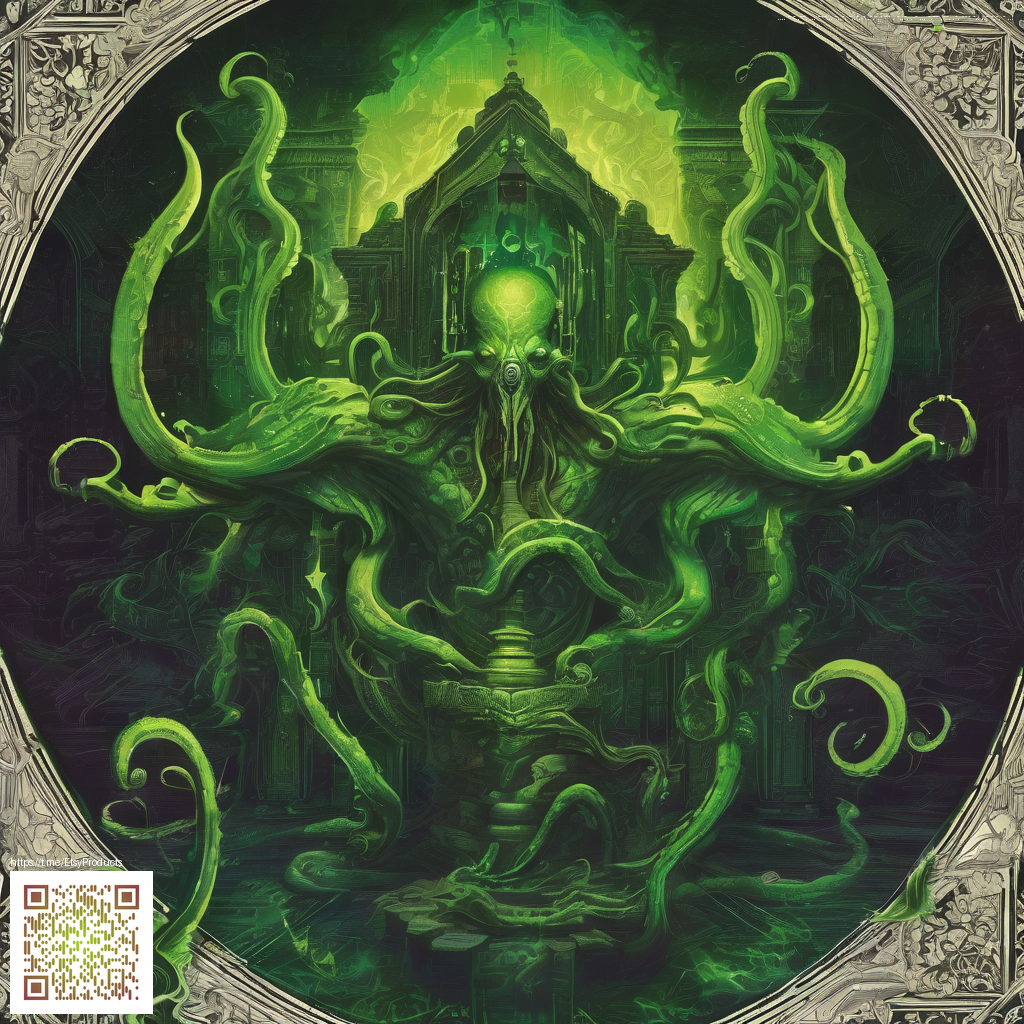
Tripwire Hook traps for adventure mode
Adventure mode challenges players to think beyond simple brute force. The tripwire hook is a compact redstone component that works with a length of string to detect crossing activity. When a player or mob trips the line, the hook powers nearby redstone devices. This tiny block can unlock big puzzle possibilities 🧱.
The hook sits as a block with a few key states that you should know about. It has an attached state that shows whether a string is connected to it. It also has a facing state that determines which direction the hook points. When activated, the powered state lights up and sends a redstone signal forward. Understanding these states helps you craft reliable adventure mode puzzles without exposing the trap too early 🌲.
How the tripwire hook behaves in adventure mode
In vanilla play you place two hooks and connect them with string to form a tripwire line. Crossing the line powers the redstone network between the hooks. The direction of the hooks matters because it controls which blocks receive the signal. This makes it possible to create multi stage puzzles where the solution depends on the player’s path. For map makers the hook is a dependable trigger that works even when players are limited by adventure mode rules ⚙️.
Designing puzzles that feel fair in adventure mode
Puzzle design in adventure mode hinges on clear feedback and predictable triggers. A common approach is to place two tripwire hooks on opposite sides of a doorway and connect them with string. Crossing the line powers a hidden door or a secret compartment that rewards careful exploration. You can also chain several tripwire lines to create a grid that requires planning to navigate without triggering every line.
Another tactic is to use the hook as a gatekeeper for rooms that contain clues. When the tripwire is triggered, a puzzle element such as a falling block, a hidden piston door, or a sound cue can be activated. The critical part is to ensure players can spot the cue and have a reasonable way to reset the puzzle if they make a misstep. In adventure maps this balance between challenge and fairness keeps the experience engaging rather than frustrating 🧩.
Practical building tips for clean traps
- Hide the string so players focus on the puzzle rather than the wiring. Use blocks that blend with the environment or place the line along a floor seam to keep it discreet.
- Use natural terrain features to disguise hooks. A wooden beam or a stone ledge can conceal the vertical placement without drawing attention.
- Plan for reset. A simple redstone clock or a manual reset switch helps players retry without reloading the map.
- Test from all angles. Adventure mode players approach from multiple directions, so verify that the trigger responds consistently no matter where they cross.
- Add visual or auditory feedback. A small light or a muffled chime when a line is triggered helps players understand that the trap is active.
For more advanced builders the hook can be part of a larger redstone system. When connected to a piston door, a pressure plate, or a gate that opens only after a correct path is found, the tripwire line becomes a backbone of a puzzle that feels like a real challenge. You can also combine multiple tripwire lines with different powered outputs to block shortcuts and steer players toward the intended route 🧱.
Technical quirks and fresh ideas
The tripwire hook is a low effort, high payoff block. It is transparent so it does not block line of sight for redstone signals and it accepts a broad range of wiring strategies. The hook should be placed with careful attention to its facing state to ensure that the string has a stable path between hooks. When players cross the line, the powered state communicates a clean signal to nearby devices, which you can exploit to time puzzle elements precisely 💡.
One fun trick is to combine tripwire with a small redstone clock to create a delayed reveal. For example, triggering the line can power a short delay that opens a secret passage after two or three ticks. This micro timing adds tension and a sense of discovery to the adventure experience. Remember that adventure mode maps benefit from consistent rules, so keep your trigger behavior predictable and well documented for players who later attempt your puzzles 🔧.
Modding culture and community builds
The tripwire hook has become a staple in community made adventure maps and puzzle collections. Builders share layouts, seed ideas, and walkthroughs that show off elegant uses of simple redstone logic. Data packs and resource packs can extend the atmosphere by adding custom sounds that play when a line is triggered or by color coding hints to guide players. The result is a more immersive experience that still respects vanilla mechanics.
If you are exploring field tested layouts, try pairing tripwire with other sensing blocks like dispensers and note blocks. You can create a sequence of events where triggering one line changes a second line into a different state, guiding the player through a multi stage riddle. The collaborative spirit of the Minecraft community shines here as builders remix ideas into fresh themes while keeping the core mechanic accessible to players of all skill levels 🧠.
Always test on a fresh world and iterate with friends. Adventure mode traps shine when they feel clever yet fair. The tripwire hook helps you design moments of aha as players discover the path to the next clue or the hidden room that awaits just beyond a well concealed doorway 🔍.
Support Our Minecraft Projects